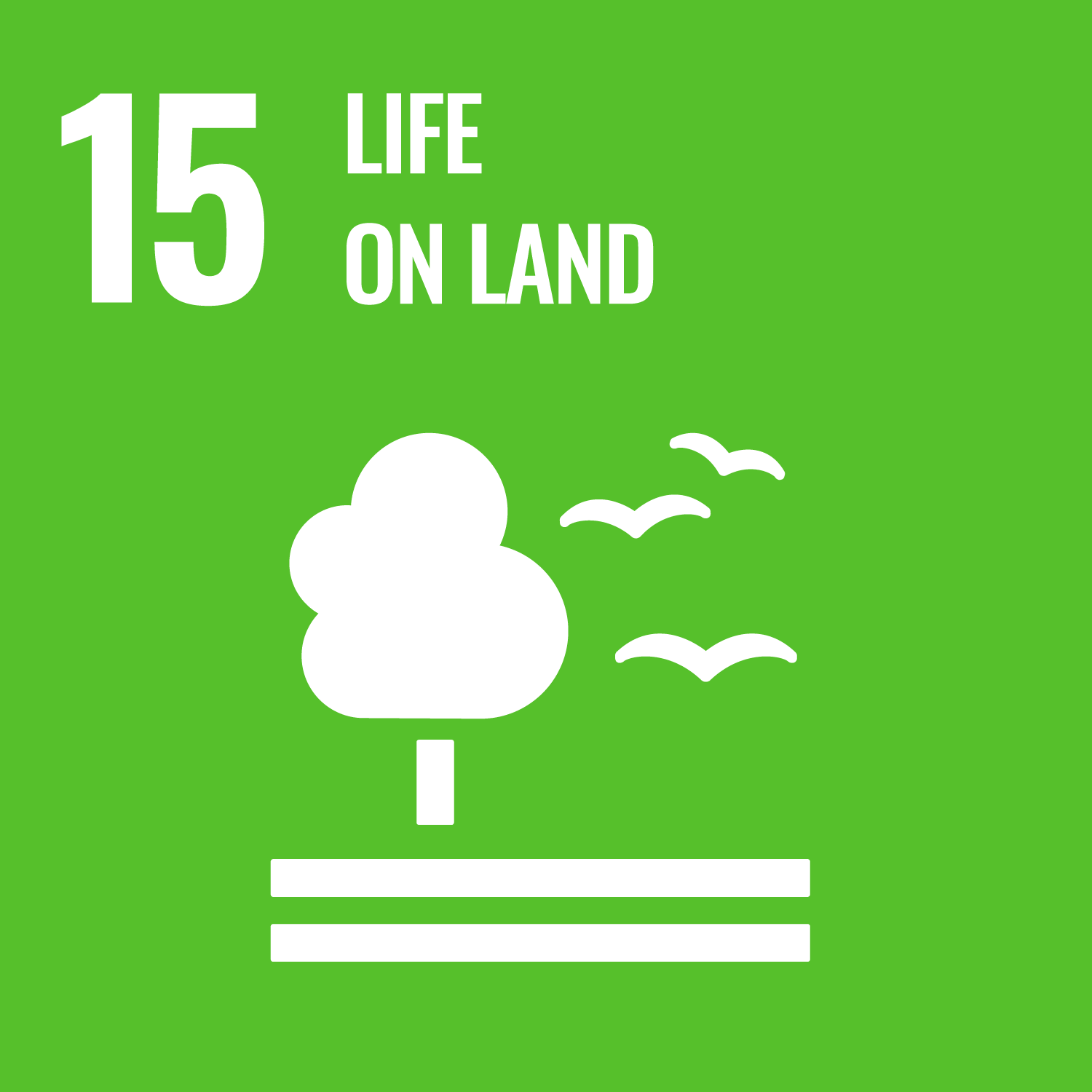Zhi, Y., Li, X., Shen, T. et al. (5 more authors) (2025) Land productivity declines in the GGW while human contributions to restoration far outweighing degradation. Scientific Reports, 15 (1). 34948. ISSN: 2045-2322
Abstract
The African Great Green Wall (GGW) initiative is a major effort to achieve the Sustainable Developed Goals (SDG) 15.3 target of Land Degradation Neutrality (LDN) in the Sahel regions. This study provides a comprehensive assessment of the land productivity dynamics (LPD) within the GGW from 2013 to 2022, serving as a sub-indicator for SDG 15.3.1 reporting and analyzes the key factors influencing these changes. Our results indicate that the land degradation outpaces restoration in the GGW, with 4.93% of the area experiencing declining land productivity (LP) compared to only 3.44% showing improvement. This suggesting that the effectiveness of the GGW initiative has not met expectations, highlighting the need for more targeted interventions. Among the drivers of LPD, we found that land cover change (LCC) accounts for the largest share of LPD increase (30.97%), while climate change (CLI) is the main contributor to declining LP (43.51%). The impact of CO2 fertilization is similar to that of LCC, whereas nitrogen deposition (NDE) has a minimal influence. Among human-driven factors, forest loss, cropland abandonment and deforestation for cultivation are the primary causes of declining LP. Conversely, forest expansion and reclamation of bare land for agriculture are the main contributors to increasing LP. Our findings demonstrate that while climate change remains a major challenge, human-driven land management strategies can play a pivotal role in restoring degraded land. The GGW initiative requires more coordinated, science-based strategies to achieve its full potential by 2030. By integrating climate adaptation, land restoration policies, and sustainable land-use practices, the GGW can enhance both ecological resilience and community livelihoods across the Sahel.
Metadata
| Item Type: | Article |
|---|---|
| Authors/Creators: |
|
| Copyright, Publisher and Additional Information: | © The Author(s) 2025. This article is licensed under a Creative Commons Attribution-NonCommercial-NoDerivatives 4.0 International License, which permits any non-commercial use, sharing, distribution and reproduction in any medium or format, as long as you give appropriate credit to the original author(s) and the source, provide a link to the Creative Commons licence, and indicate if you modified the licensed material. You do not have permission under this licence to share adapted material derived from this article or parts of it. The images or other third party material in this article are included in the article’s Creative Commons licence, unless indicated otherwise in a credit line to the material. If material is not included in the article’s Creative Commons licence and your intended use is not permitted by statutory regulation or exceeds the permitted use, you will need to obtain permission directly from the copyright holder. To view a copy of this licence, visit http://creativecommo ns.org/licenses/by-nc-nd/4.0/. |
| Dates: |
|
| Institution: | The University of Leeds |
| Academic Units: | The University of Leeds > Faculty of Environment (Leeds) > School of Geography (Leeds) |
| Funding Information: | Funder Grant number EUROPEAN SPACE AGENCY Country code to be checked 95392 EUROPEAN SPACE AGENCY Country code to be checked No EXT REF |
| Date Deposited: | 23 Oct 2025 14:00 |
| Last Modified: | 23 Oct 2025 14:00 |
| Published Version: | https://www.nature.com/articles/s41598-025-18963-2 |
| Status: | Published |
| Publisher: | Springer Nature |
| Identification Number: | 10.1038/s41598-025-18963-2 |
| Related URLs: | |
| Sustainable Development Goals: | |
| Open Archives Initiative ID (OAI ID): | oai:eprints.whiterose.ac.uk:233344 |
Download
Filename: Land productivity declines in the.pdf
Licence: CC-BY-NC-ND 4.0


 CORE (COnnecting REpositories)
CORE (COnnecting REpositories) CORE (COnnecting REpositories)
CORE (COnnecting REpositories)